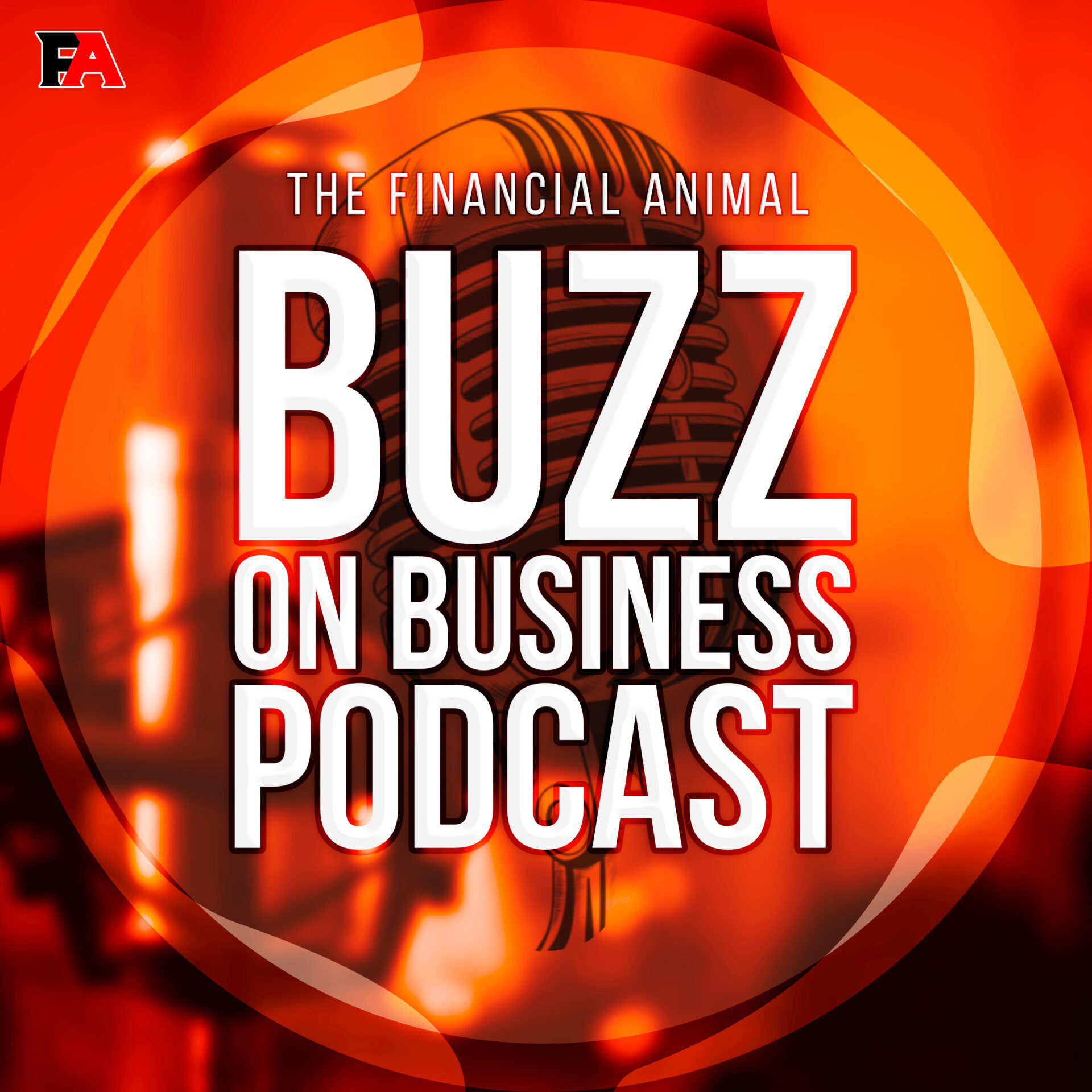
There are two broad reasons higher interest rates make for tough going in the stock market, and, at a deep level, they’re closely related.
The first is the risk premium. Stocks generally return more than bonds but do so with a high degree of uncertainty. They’re risky.
Bonds are much less risky, and their returns are more predictable and regular, but those returns are lower.
The difference between the expected return from a portfolio of stocks, which is speculative, and a portfolio of bonds is the risk premium. That is the extra return an investor can expect to earn from investing in stocks instead of bonds. When interest rates are high or rising, the risk premium shrinks, and bonds, at the margin, become more attractive.
But, if you think of a stock as a stream of income you will receive in the future, the net present value of that future income is higher when rates are lower or falling.
And, because lenders expect to be repaid with dollars that are less valuable than the ones they lent, inflation means higher rates, regardless of what the political and chattering classes believe. Or want to believe.
Higher than expected inflation numbers turned buyers into sellers on Wednesday as the hopes and dreams of traders for a near-term rate cut were dashed on the reality of persistent inflation and higher for much longer.
Speaking of getting crushed, did we mention bonds? Of course, bonds go down when rates go up, and rates sure went up on Wednesday.
The CPI and the Core CPI, month over month and year over year in March, all came in above expectations yesterday. The Consumer Price Index for March came in at 0.4% versus expectations of 0.3%. Core CPI, likewise, came in at 0.4% in March versus expectations of 0.3%.
If three points make a trend. What are we to think of six? Inflation has ticked up for six straight months now. It bottomed out in October at 0.2%, which is both above the Fed’s objective and way too high, and has steadily and inexorably ticked up since then.
On Wednesday it came in at 0.4% for the month of March. And we’ve had three months in a row where the inflation rate has exceeded expectations. In the nine prior months, only one exceeded expectations, and in two months, it actually fell below expectations.
This morning we get the Producer Price Index complex. The PPI is expected to come in at 0.3% for March, Core PPI at 0.2%. We shall see!
We also get Initial and Continuing jobless claims. While the labor market has been strong, cracks have appeared in recent months. If unemployment were to spike while inflation is spiking the problem the Federal Reserve is trying to solve becomes infinitely more complex and perhaps unsolvable.
We will do what we do, and watch all of it carefully so we can report it all to you here on the Buzz.